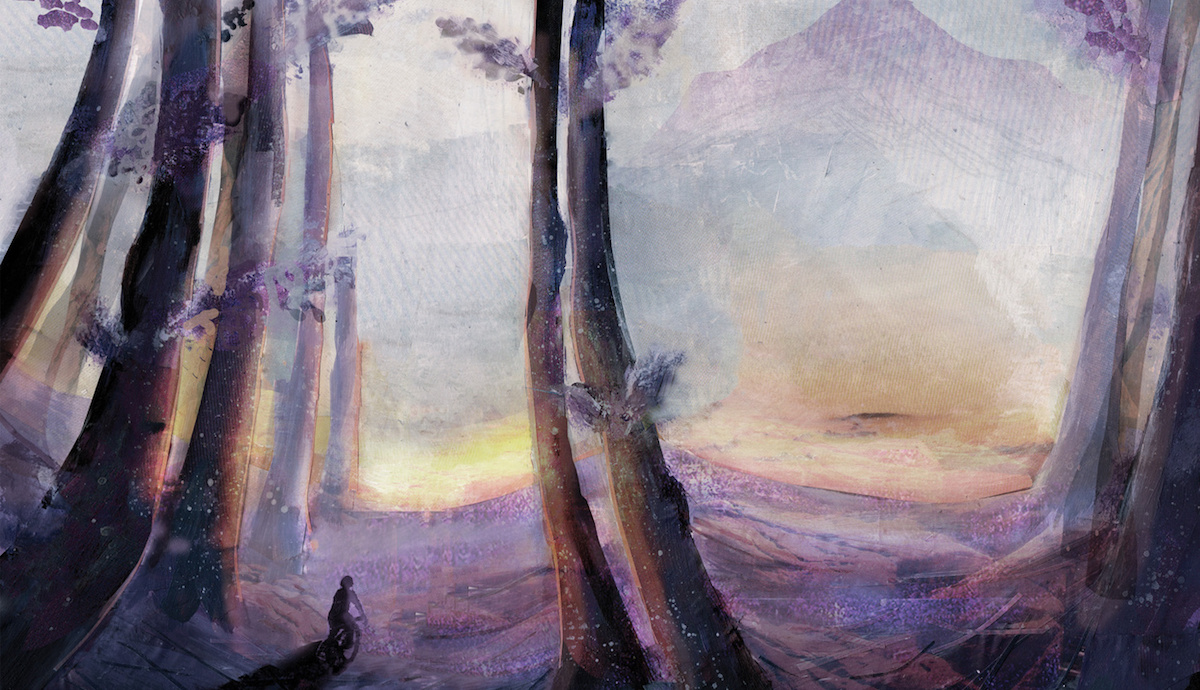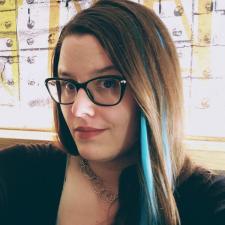The White Whale, or Asking Why, in the Mojave Desert
My husband and I traveled from our home in Southern Nevada to Northern California to enjoy the forest, and I ran out of reading material. We had deliberately chosen to visit places where we would be submerged in nature, which meant we did not have immediate access to a bookstore. A dollar-type store, however, in one of the small towns we visited had an endcap splattered with a few paperbacks, ones that I would not typically choose to read, including a middle-grade adaptation of Moby Dick. Although I cannot say I was fascinated with Melville’s work, I had read some of it as an undergrad, and I have been intrigued by the way that the experience of Moby Dick seems to be deeply steeped in the individual reader’s perception. As mentioned by Doug McLean at The Atlantic, the book “has been called a whaling yarn, a theodicy, a Shakespeare-styled political tragedy, an anatomy, a queer confessional, an environmentalist epic,” for example. I was intrigued by what the adaptation I had found wading in the fluorescent lights of that small town’s store might highlight, or maybe even more interested in what it might omit.
Perhaps the last experience I could have anticipated this evoking was my reading of Alejandra Pizarnik’s Diana’s Tree as translated from the Spanish by Yvette Siegert. As I explored in my review of this slender paperback for The Literary Review, Pizarnik wrote Diana’s Tree in Spanish while living in Paris under Surrealist inspiration, and the implications of the term “Diana’s tree” range from the Roman goddess of the hunt to the alchemical tradition of cultivating efflorescent silver crystals from mercury, and the ways in which a reader might approach Alejandra Pizarnik’s Diana’s Tree are at least as varied. The poems are remarkably sparse; the collection is, in so many ways, nothing like Melville’s dense novel. Yet throughout Diana’s Tree, we find the speaker externalizing emotions, memories, and other parts of her own identity, and are subtly invited to do the same. In this way, we are able to create some distance from our own experiences, and, therefore, approach them in ways that we otherwise might not be able.
As I quickly read through the adaptation of Moby Dick, I found myself circling words that stood out to me. I began making erasures of sorts, if one can call them that, crafting three-to-seven line poems, each from dozens of sequential pages, carving out only what truly called to me, sometimes one or two words per page, sometimes skipping many pages altogether. Through my own instinctive selections, I crafted sparse poems, often working to let static images suggest narratives, hoping to achieve something refractive in the style of Pizarnik.
After some time, I realized that I was increasingly drawn to the vast differences between Moby Dick and my own experience, perhaps most obviously the juxtapositions between the ocean setting and my own Mojave Desert here in Nevada. I have begun to ask myself, like Moby Dick was Captain Ahab’s unachievable obsession, what white whales, in the figurative sense, might be found in my own corner of the world. And it is these sparse poems that have sparked for me my current project, a manuscript of poems about 1 October, the tragic mass shooting which took place in 2017 at the Route 91 Harvest Festival, taking the lives of over fifty souls and injuring hundreds of others. Perhaps we might always wonder why someone would do what the shooter has done, and maybe this current manuscript is, in a way, my way of not being able to let that question go. We cannot ask him, as he took his own life that evening, but even if he were alive, it is likely still that we would never have a satisfactory answer; no explanation could suffice. However, my current manuscript might be my way of continuing to ask that question in a broader context and also a way of remembering those who were lost, honoring the first responders, and refocusing my attention to the strength and beauty that exists in my local Las Vegas community, because there is plenty of it.
My contribution to the Spring 2019 issue of North American Review, “The White Whale; or, The Existential Heart,” is one of the seeds of this journey. Without it, it is unlikely that I would have embarked on my larger exploration of 1 October. Also, something Samuel Piccone, a friend, colleague, and fellow poet, pointed out to me is that this small poem offers a progression of disappearance or absence: the physical, a statue, into nothing; an emotion, anger, into an undefined place; and, finally, the “we” is fractured by a disagreement. Sam noted that when the relationships between things are removed, the things themselves do not go on, but cease existing altogether. This is quite the opposite of what happens when communities come together after tragedy, and this poem offers an important counterpoint, I think, within the context of my larger manuscript in progress. In Southern Nevada, you will see and hear folks discussing the concept of Vegas Strong, the ways in which people have come together to heal post 1 October, and I am proud to be a part of this community.
Illustration by: Grace Russell. Grace is a freelance illustrator based in London. Her work combines disparate pieces of collage with paint and charcoal to create evocative imagery that is both playful and controlled; the careful interplay between the figurative and abstract give her illustrations a unique visual language that hints at underlying themes and provokes questions to be asked. Grace graduated with a First class BAHons degree in Illustration from the University of Westminster, winning the Achievement Award in her first year. In 2014 she won the V&A Illustration Awards Student Category and was featured as one of Reyker’s emerging artists. She has worked with a range of clients including the V&A museum, Therapy Today, Voyeur(Virgin Australia/Pacific Magazines),Tablet Magazine, SOFFA, PRN Magazine, Sony and P&G.
Recommended
Nor’easter
Post-Op Appointment With My Father
Cedar Valley Youth Poet Laureate | Fall 2024 Workshop






